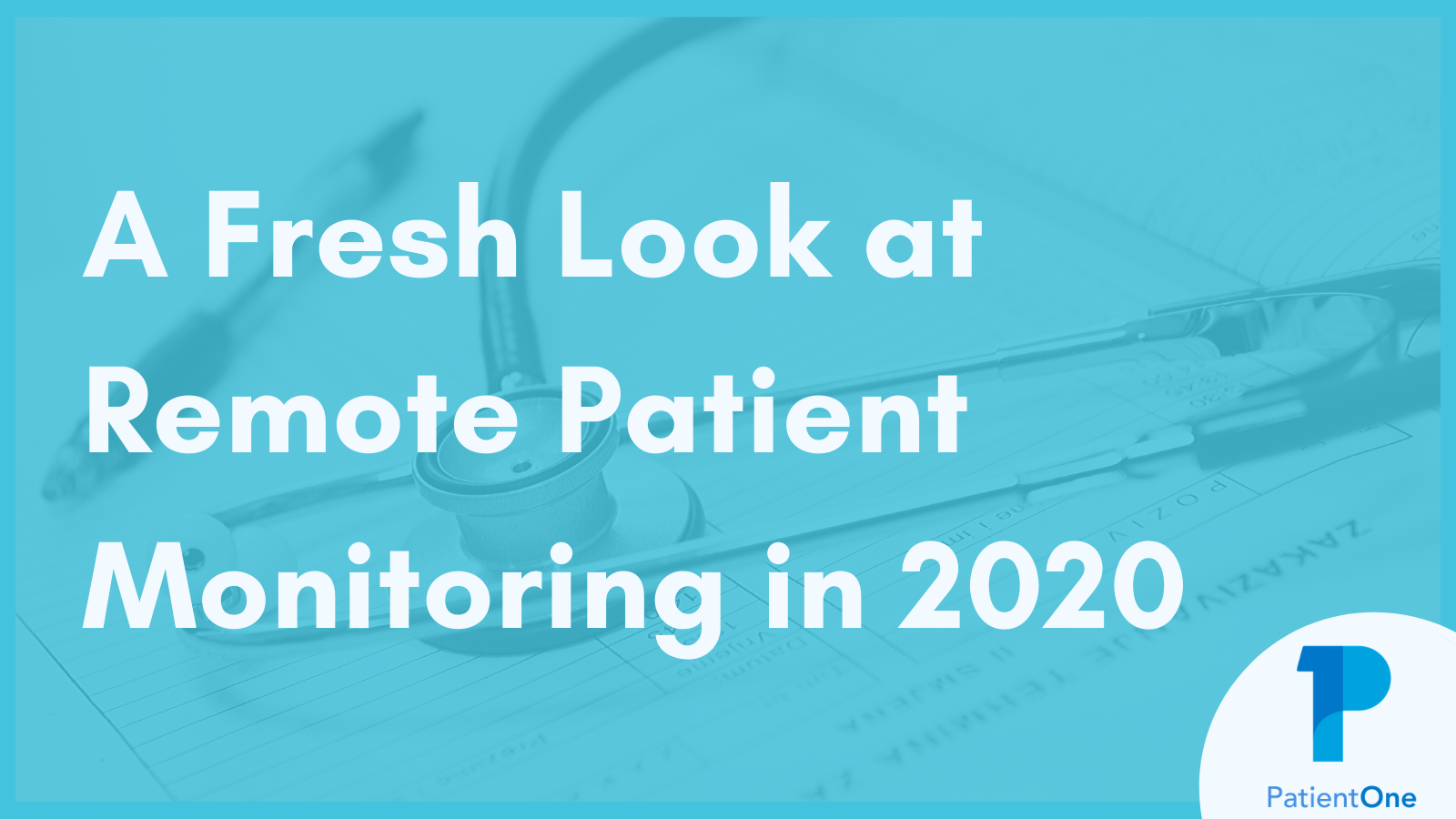Blog
Our latest news and thoughts
- All Posts
-
- Healthcare
- Remote Patient Monitoring
- Connected Care
- Patient Satisfaction
- Digital Innovation
- Standard of Care
- CMS
- Connected Health Devices
- Medicare
- Reducing Expenses
- Connected Health
- Patient Provider Relationship
- Bundled Payments
- Bundled Payments for Care Improvement
- Clinical Empathy
- Coronavirus
- Entrepreneurship
- Optimize Costs
- Physician Burnout
- Revenue
3 Key Terms for Connected Health
Topics: Remote Patient Monitoring, Healthcare, Connected Care, CMS, Connected Health
January 21, 2020
by Dozie Ezerioha, MD
Do you ever feel like keeping up with all of the acronyms in healthcare is quite a feat? Luckily, Connected Health encompasses just three reimbursement categories (so far).
To keep ahead of the curve, I’ve outlined the basics and highlighted some key similarities and differences below.
Chronic Care Management
Chronic Care Management (CCM) was added to the Medicare Physician Fee Schedule (MPFS) in 2015. The suite of CCM codes reimburses physicians for the remote management of patients with two or more chronic conditions. CCM services include everything from phone calls with patients, patient education, care coordination with other providers, and transitional care.
CCM services provide a safe way to decrease the cost of care for patients while increasing their quality of care. By coordinating care outside of the physician’s office, patients receive more supportive touchpoints and as a result, are more prepared to manage their health.
Remote Patient Monitoring
Remote Patient Monitoring (RPM) was first added to the MPFS in 2018 with the creation of CPT Code 99091. RPM services allow for the use of different types of technologies and medical devices to remotely evaluate patient health data.
The secure collection and transmission of patient-generated health data allows physicians and their care teams to safely monitor their patients and proactively respond to health concerns before they become more serious. Members of the clinical staff are eligible to monitor patients, freeing up physician time for more critical in-person appointments. Patient qualifications for RPM are less stringent than those for CCM and allow patients from one location to be connected with providers in another.
RPM and CCM services may be billed concurrently.
Principal Care Management
Making its first appearance in the 2020 MPFS, Principal Care Management (PCM) is the newest Connected Health reimbursement category. Two new codes were created for the purpose of providing reimbursement for the management of a single complex chronic condition.
While CCM services are typically well-suited for primary care settings, PCM provides opportunities for specialized treatment of complex, high-risk conditions. According to an article by CodingIntel, “[The Centers for Medicare and Medicaid Services (CMS)] is not proposing any restrictions on specialties [that] could bill PCM, but expects that this code would be billed by specialists when there is a single condition of such complexity that it cannot be managed in a primary care setting.”
PCM services can be billed alongside RPM services.
Connected Health
The past five years have made it clear that the Connected Health model of care is here to stay. CMS has been responsive to the healthcare community’s comments and concerns regarding CCM, RPM, and (now) PCM services, allowing patients and providers to enjoy countless benefits from highly coordinated care. Let us help, and we can unlock these benefits fo you, for patients and providers alike.
%20(1).png?width=157&name=Carrie%20Nixon%20round%20(2)%20(1).png) Dr. Dozie Ezerioha is the Chief Medical Informatics Officer at PatientOne. For almost a decade, he’s tackled healthcare’s most pressing real-world challenges by finding ways to fix the system to deliver better outcomes. Dozie’s background in life sciences, engineering and medicine, and his passion for optimizing the patient healthcare experience, drives his patient-centric approach to building innovative health technology.
Dr. Dozie Ezerioha is the Chief Medical Informatics Officer at PatientOne. For almost a decade, he’s tackled healthcare’s most pressing real-world challenges by finding ways to fix the system to deliver better outcomes. Dozie’s background in life sciences, engineering and medicine, and his passion for optimizing the patient healthcare experience, drives his patient-centric approach to building innovative health technology.



